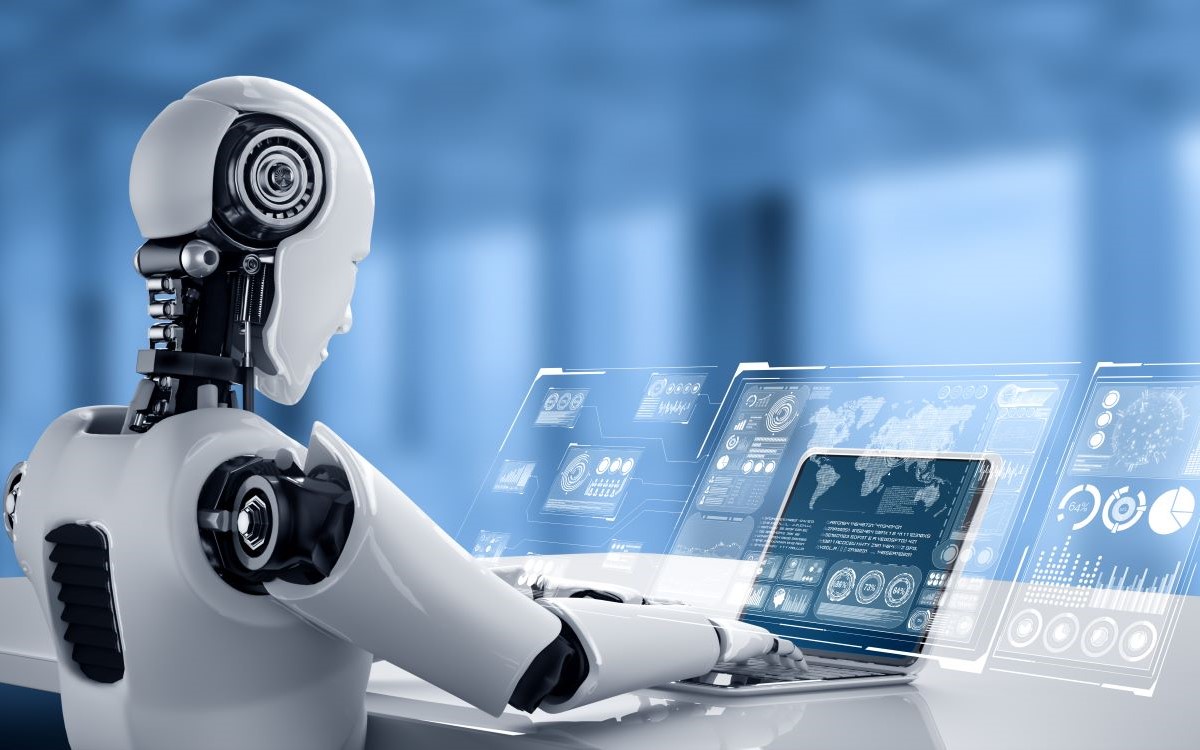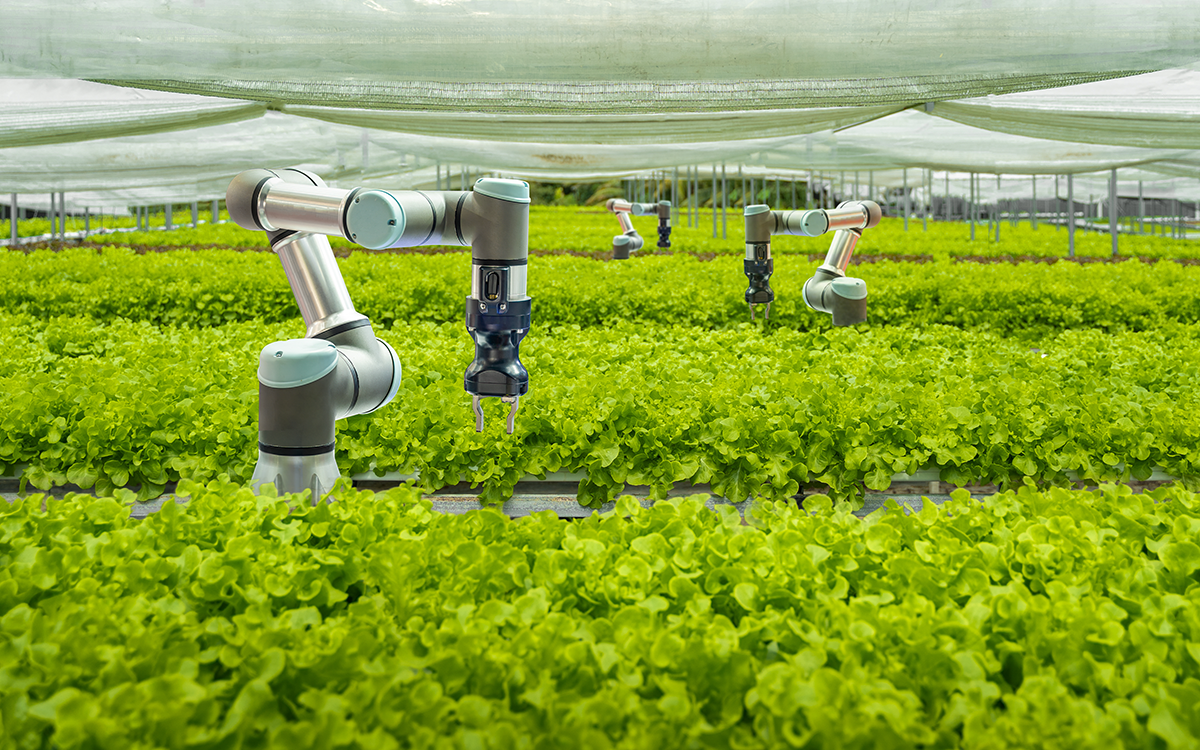
Human beings are natural optimizers. It’s one of our defining traits.
And we’ve been doing it from the get-go – from our decision to move into caves or grow our own crops, to today’s global system of commerce that keeps the world running.
Whatever the task, every step of the way there has been someone asking the question:
“How do we make this as good as possible?”
So, as we approach Industry 4.0, we’ve ended up crafting an incredibly complex civilization. Industry has become a tangled web of systems lying atop other systems – interconnected and interdependent.
But whether it’s determining the best order to install components on a production line, or the most efficient routes for fleets of delivery trucks, many industrial functions have necessarily become elaborate guesswork.
That’s because these ‘combinatorial optimization problems’ very quickly become too time-consuming and expensive for businesses to calculate to any real degree of accuracy – that is, using traditional computing technology.
However, quantum-inspired approaches are opening that door and giving enterprises the ability to optimize new areas of business, unleashing disruptive performance boosts.
In this blog post, I’m going to explore the challenge of industrial optimization and share some real success stories from this year’s Fujitsu Forum.
Exponential complexity
Speaking in Munich, one of our Fujitsu Distinguished Engineers, Fritz Schinkel, explained why combinatorial problems are so difficult to calculate with a very simple example:
“Say you had a puzzle with 15 pieces. If you got every human on earth to help, you could go through every possible combination in about three minutes.
“However, if you increased the number of pieces to 20, even with the same number of people it would take you 10 years to run through all the possible combinations.”
This exponential growth in complexity is hard even for the probabilistic methods we currently use for these tasks. As variables increase, results become less accurate, take longer to calculate and cost too much money to be worth it.
And in many an industrial setting, by the time you’ve found the answer normally the variables have changed: rendering the whole exercise pointless.
So, to find a better way, we looked to physics for inspiration.
The quantum suspense
In recent months and years, tech firms have made some incredible strides in quantum computing. Google even announced it had achieved (the very poorly named) “quantum supremacy”, just a few weeks ago.
This is certainly exciting as quantum computers will be a harbinger of a new generation of ability for our society.
However, as exciting as that was, the company was also very upfront about the fact that its technology “could be a decade away from practical applications.”
And unfortunately, that’s where most ‘true’ quantum computing offerings are right now – better than ever before, but still a long way off being able to offer industry the functionalities needed today.
For example, Oliver Wick, quantum lead at BMW, shared a story in my keynote of how BMW ended up optimizing its PVC sealing efforts.
BMW relies on robots to apply protective PVC glue on its cars, but didn’t think the process was operating optimally.
So, for a proof-of-concept (POC), they examined how a quantum-inspired solution might handle two robots running with one nozzle for 34 seams This reduced scenario was optimized for 1024 possible seam allocations to the two robots.
BMW initially approached a Canadian company that builds quantum annealing chips. However, as Oliver explained, “we were unable to implement the whole problem onto the chip, so we had to find an alternative.
“And that’s how we found Fujitsu.”
It ended up using the Digital Annealer for its POC and has since carried out a larger scale pilot project with us. The next will see how the Digital Annealer can handle three robots with three nozzles for 204 seams, with exponentially more allocation possibilities.
Because, even though the Digital Annealer isn’t a quantum computer, it works a lot like one.
And from a business perspective, the results can be just as disruptive.
Quantum-inspired excellence
Another example of a quantum-inspired innovation was shared in a breakout session hosted by Hermann D. Grünfeld, head of traffic management at the Port of Hamburg.
His port is incredibly busy, with a vast array of goods bound for the ‘hinterland’. And the 12,000 trucks moving through it every day must rely on 35 traffic lights to keep them moving.
These lights have long been a bottleneck for the port. Recent attempts to create a smart grid capable of optimizing traffic management quickly became a combinatorial problem too complex for them to calculate in real-time.
So, when the port partnered with Fujitsu, Hermann wasn’t incredibly optimistic it would be able to solve its problem.
However, due to the way the Digital Annealer deals with combinatorial optimization problems, it was able to deliver the disruptive performance boost the port needed.
“The proof in principle was absolutely convincing,” professed Hermann. “And it’s outperforming anything that has ever been done before”.
A new era of optimization
Our society, marketplaces, infrastructure, even our personal lives and usage of resources, are all far from optimal – and we need to do more about it.
Natural resources tend to be limited, but artificial ones like our imagination, creativity or the digital realm are not.
By using our unlimited resources better, we can start to optimize those that aren’t.
We’ve already used the Digital Annealer to optimize drug discovery efforts, logistics and manufacturing operations, to name just a few.
But there’s still so much more we can do.
And come talk to us to find out whether quantum-inspired optimization can deliver the disruptive performance boost that your business needs.












